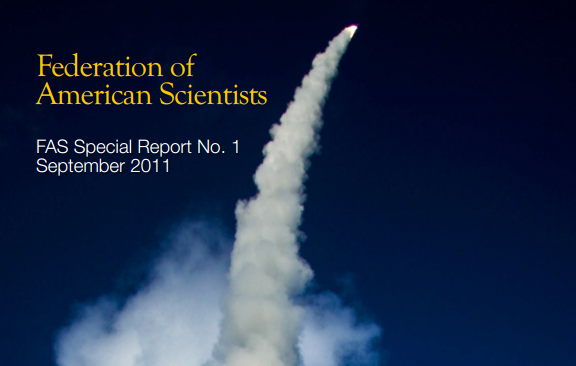
Upsetting the Reset – The Technical Basis of Russian Concern Over NATO Missile Defense
The Obama administration is working with NATO to develop a missile defense shield to protect U.S. and European interests from ballistic missile attacks by Iran. Russian President Dmitry Medvedev has expressed strong concerns over this shield and has warned of a return to Cold War tensions, as well as possible withdrawal from international disarmament agreements like the New Strategic Arms Reduction Treaty (START).
On June 9, the NATO-Russia Council plans to meet with defense ministers to establish cooperation guidelines for the new European antiballistic missile system. The Federation of American Scientists (FAS) is releasing a new report that addresses concerns made by officials of the Russia Federation and provides recommendations for moving forward with a missile defense system..
Dr. Yousaf Butt, Scientific Consultant to FAS, and Dr. Theodore Postol, Professor of Science, Technology and National Security Policy in the Program in Science, Technology, and Society at the Massachusetts Institute of Technology, have published a technical assessment (PDF) of the Phased Adaptive Approach (PAA) missile defense system proposed by NATO and the United States and analyzed whether the Russian Federation has a legitimate concern over the proposed NATO-U.S. missile defense shield.
In practice the PAA will provide little, if any, protection leaving nuclear deterrence fundamentally intact. While the PAA would not significantly affect deterrence, it may be seen by cautious Russian planners to impose some attrition on Russian warheads. While midcourse missile defense would not alter the fundamental deterrence equation with respect to Iran or Russia, it may, in the Russian view, constitute an infringement upon the parity set down in New START.
A military depot in central Belarus has recently been upgraded with additional security perimeters and an access point that indicate it could be intended for housing Russian nuclear warheads for Belarus’ Russia-supplied Iskander missile launchers.
The Indian government announced yesterday that it had conducted the first flight test of its Agni-5 ballistic missile “with Multiple Independently Targetable Re-Entry Vehicle (MIRV) technology.
While many are rightly concerned about Russia’s development of new nuclear-capable systems, fears of substantial nuclear increase may be overblown.
Despite modernization of Russian nuclear forces and warnings about an increase of especially shorter-range non-strategic warheads, we do not yet see such an increase as far as open sources indicate.